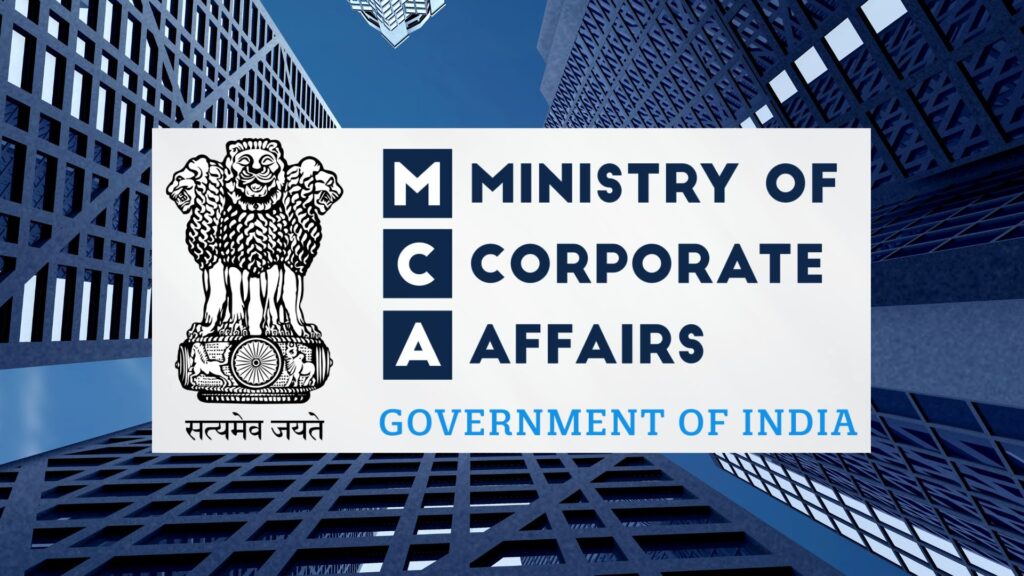The Cost of Non-Compliance: Lessons from a Real Corporate Governance Case

In Brief: What We’ll Cover
- Corporate governance and compliance failure are inseparable.
- How one of the most notable compliance failures collapsed a global company.
- Why governance models need to shift from symbolic monitoring to actual accountability.
- Businesses, regardless of their size, must take steps to establish a culture that prioritizes compliance.
- Practical elements of an effective corporate governance system.
Reasons for the Failure of Corporate Governance and Compliance
Corporate governance is a crucial framework that safeguards an organization’s long-term value, ethical conduct, and legal standing. However, non-compliance with regulations continues to affect even the most well-known businesses, usually leading to tragic consequences.
Most companies reduce governance to a mere procedural exercise, ignoring significant operational risks and failing to effectively enforce internal controls. This lack of control sets the perfect environment for compliance failures, poor financial reporting, and eventual regulatory penalties.
When supervision is not independent and does not have authority, it is too easy for compliance breaches to go unnoticed. Without intense monitoring, warning signs are often ignored until they turn into large-scale scandals that compromise stakeholder confidence and threaten long-term business sustainability.
Where the Real Risks Begin: Lessons from the Satyam Scandal
The Satyam Computer Services scandal, a pivotal case in Indian corporate history, offers a clear illustration of what occurs when corporate governance in theory and practice breaks down.
In 2009, the founder and former chairman of Satyam admitted to inflating the company’s cash balances and earnings by over $1.5 billion over several years. Internal controls failed to detect the manipulation, and board-level supervision was insufficient to identify the fraud early on.
Let’s talk about the core issues:
- Boardroom Blindness: Despite the presence of high-profile independent directors, Satyam’s board did not challenge disputes or undertake serious financial review. Their inaction allowed executive violations to grow unchecked.
- Auditor Complicity: PwC, the statutory auditor of the company, certified manipulated financial statements. The absence of due diligence and lack of skeptical thinking enabled the continuation of the fraud.
- Weak Privacy Framework: The employees who sensed irregularities did not have an available, safe, and anonymous avenue to report their concerns. This silence provided room for extended deception.
- Compliance as a Formality: There were policies on paper but no implementation and review at regular intervals. This gave rise to a gap between written procedures and real business practices.
Due to these governance and compliance issues, the company was on the verge of going out of business, its senior leadership was charged with crimes, and Tech Mahindra eventually took over. The controversy led to significant changes in India’s corporate laws, such as the Companies Act of 2013, which now mandates increased board accountability, audit rotation, and employee protections.
Why Non-compliance Is Not a One-Time Error?
Usually, one poor decision does not lead to compliance failure. It results from a cultural environment that tolerates shortcuts, misaligned incentives, unclear accountability, and systemic disregard.
Typical themes that contribute to governance failures include:
- Governance Without Ownership: Companies often assign independent directors or audit committees, but they lack the necessary power or independence. When governance is present on paper, not in practice, oversight is compromised.
- Fragmented Compliance Tracking: When compliance with regulations is monitored in spreadsheets, department-wise, or through isolated tools, it is more difficult to identify red flags on time.
- Executive Overreach: When CEOs or founders remain unchecked, they tend to violate controls, compromise ethics, and suppress opposing voices.
- Rare Risk Assessments: Most companies don’t actively review governance and compliance risks. They act only when compelled by external audits, legal warnings, or financial emergencies.
What a Resilient Corporate Governance Framework Should Look Like
Effective corporate governance isn’t merely about scandal avoidance; it’s about creating resilience, trust, and long-term business value. A compliance-preventing governance structure includes:
- Active, Informed Board Oversight: Independent directors should be provided with information, powers, and the inclination to query executive decisions. Board analysis should look beyond figures and analyze risk exposure, compliance statistics, and confidential allegations.
- Real-Time Compliance Dashboards: Organizations require centralized platforms that track statutory timelines, policy compliance, internal controls, and audit results in real time. Such transparency allows for timely action.
- Effective Privacy Systems: Confidentiality, safety from threats, and third-party support lines are key features. Encouraging ethical reporting in advance can avoid significant failures down the road.
- Regular Policy Audits and Training: Governance policies need to be renewed frequently to remain up to date. Employees from departments need to undergo continuous training in ethical behavior, legal rules, and governance procedures.
- Internal Audit Independence: The internal audit team must report to the board, not the CFO or CEO, and operate independently. Their scope should include forensic reviews, compliance checks, and control testing.
Real Consequences of Ignoring Governance Failures
Failure to comply with regulations has financial and reputational repercussions in addition to legal ones. In addition to the Satyam case, other international instances show how governance breaches cause businesses to fail:
- Wirecard (Germany): In 2020, the fintech giant collapsed due to the discovery of fabricated cash balances totaling €1.9 billion. Even after repeated warnings from reporters and short-sellers, auditors and regulators didn’t move fast enough. The failure caused huge losses to investors and a total restructuring of Germany’s system of financial oversight.
- Boeing (USA): A chain of deadly 737 MAX crashes revealed crucial governance problems in which engineering judgments were overruled by commercial considerations. Warnings internally were minimized, and regulation did not challenge the safety of the plane. The fallout consisted of congressional probes, litigation, and billions lost.
Establishing a Governance-First Culture
Effective corporate governance cannot be established solely by compliance checklists. It involves a change of mind from rule-based to value-creating. Firms need to infuse governance principles into the fabric of daily business, from recruitment and vendor selection to financial reporting and stakeholder interaction.
Key drivers include:
- The leadership tone: Leaders must promote transparency, accountability, and ethical conduct.
- Cross-functional collaboration: It is not only the legal or finance department’s responsibility; it needs IT, HR, operations, and senior management on board.
- Adoption of technology: Modern tools have the capability of automating the tracking of compliance, alerting on policy violations, and generating real-time reports to management.
What’s Next: The Future of Governance and Compliance
As regulators become more cautious and stakeholder expectations increase, the corporate governance landscape will be driven in the future by data-based monitoring, risk intelligence integration, and proactive regulatory management.
Boardrooms will also more and more depend on real-time dashboards, AI-driven early warning systems, and predictive analytics to track operational and ethical risks. Permanent policies will be replaced by adaptive compliance frameworks, constantly revised in line with changing laws and international trends.
In addition, we will notice that governance and compliance will move from legal departments to enterprise-wide responsibility. Functional leaders within HR, finance, IT, and supply chains will have active roles in making sure they align with both internal policies and external laws.
Firms that do not revamp their governance frameworks risk not only regulatory action but also investor withdrawal, talent flight, and loss of reputation. In contrast, those that use corporate governance as a strategic advantage will achieve strength, speed, and stakeholder trust in an uncertain world economy.
Plutus works toward a similar goal of helping businesses build governance and compliance systems that are future-proof, auditable, and scalable. To learn more about how we help, get in touch with our team—and for the latest updates, keep visiting our official website.

